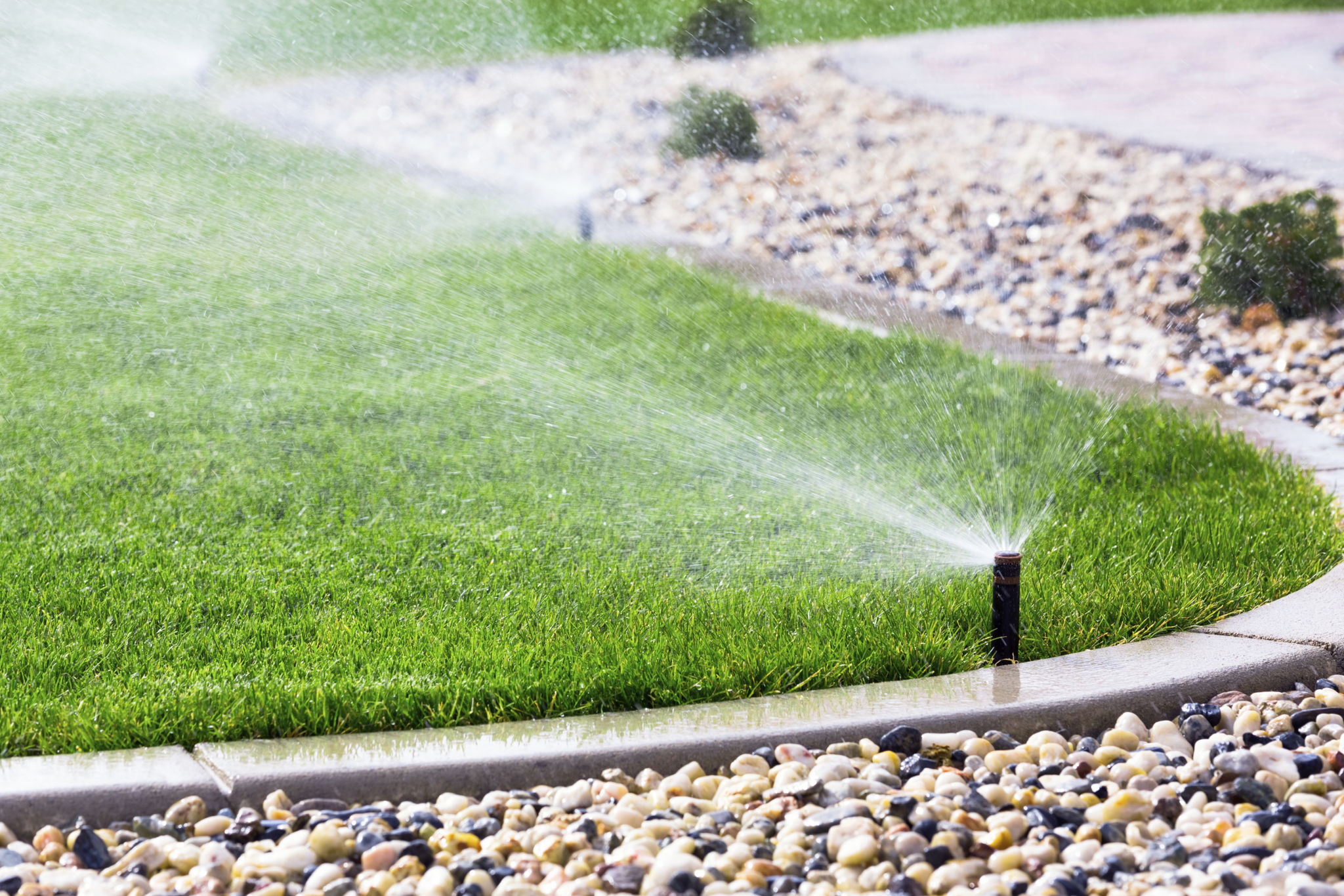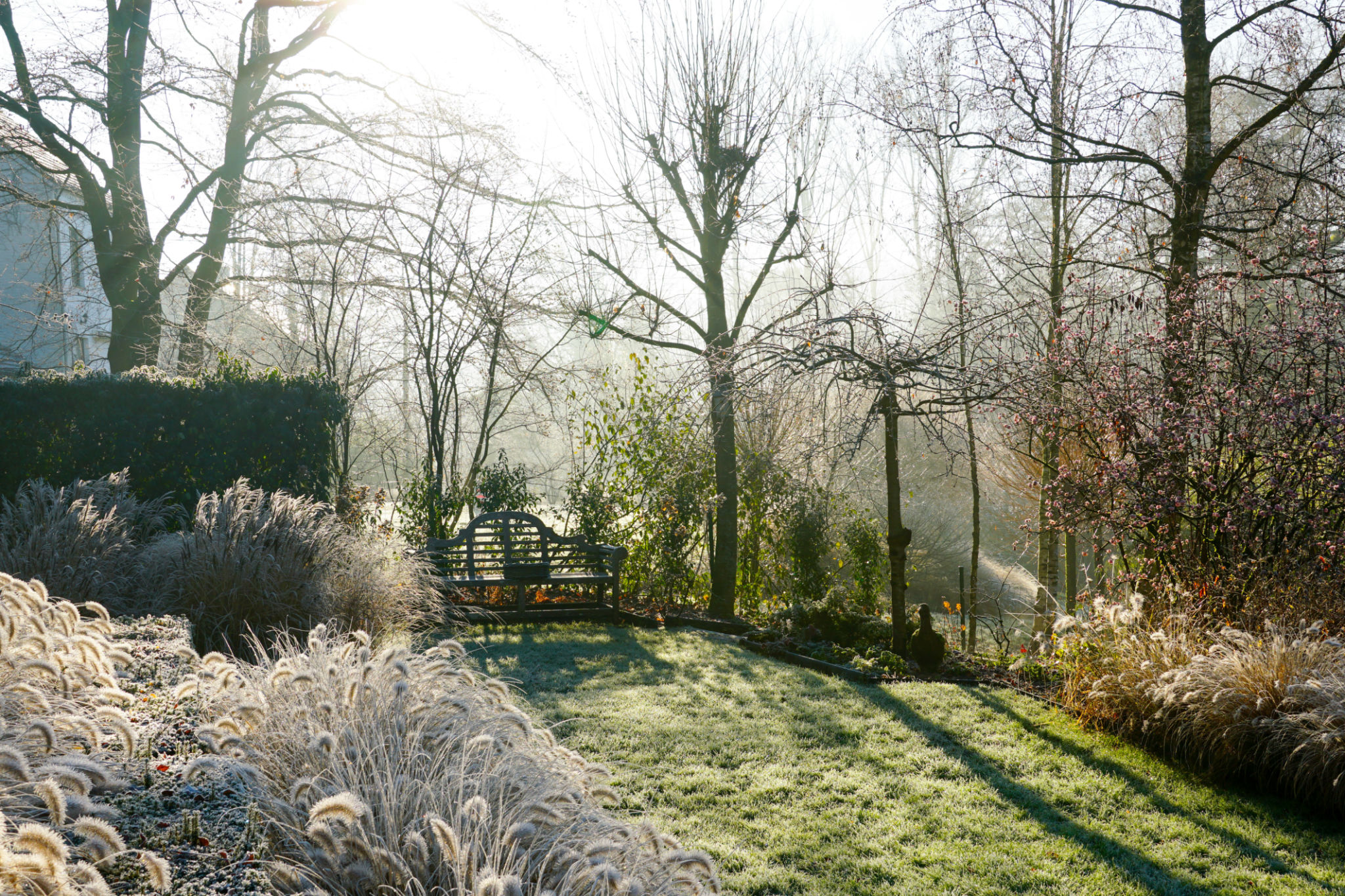Seasonal Guide to Seed and Sod Installation in North Carolina
Understanding North Carolina's Climate
North Carolina is known for its diverse climate, which can make lawn care a bit challenging if you're not familiar with the seasonal changes. The state experiences four distinct seasons, each offering unique conditions for seed and sod installation. Understanding these conditions is crucial for achieving a lush, vibrant lawn.
In general, North Carolina's climate ranges from humid subtropical in the east to humid continental in the west. This means that temperature and precipitation levels can vary significantly depending on your location within the state. Knowing your specific climate zone can help tailor your lawn care practices accordingly.

Spring: The Ideal Time for Planting
Spring is often considered the best time for seed and sod installation in North Carolina. As the soil begins to warm and the risk of frost diminishes, seeds and sod can establish themselves with less stress. During this time, the soil moisture is typically optimal, providing the perfect environment for root growth.
When planting in spring, choose cool-season grasses like fescue, which thrive in moderate temperatures. Ensure that your soil is well-prepared by testing its pH level and amending it with the necessary nutrients. A good start can lead to a robust lawn that stands up to summer heat.
Summer Challenges and Solutions
Summer in North Carolina can be hot and humid, which presents challenges for maintaining a healthy lawn. During these months, it's essential to focus on proper watering techniques. Overwatering can lead to disease, while underwatering can stress the grass.
For those looking to install sod during summer, warm-season grasses such as Bermuda or Zoysia are excellent choices. These grasses thrive in heat and can handle the intense summer sun. However, it's crucial to water them adequately until they establish a strong root system.

Fall: Preparing for Dormancy
Fall is another prime time for seed and sod installation in North Carolina. As temperatures drop, cool-season grasses can establish themselves without the stress of summer heat. This season offers a balance of warmth and moisture, ideal for germination and growth.
Take advantage of the fall by overseeding your lawn to repair any summer damage. Aerating the soil can also aid in better nutrient absorption, ensuring your grass is healthy before winter dormancy. Applying a slow-release fertilizer can provide essential nutrients as the grass prepares for the colder months.
Winter Care and Considerations
While winter is not the ideal time for new seed or sod installation, it's crucial to maintain your lawn during these months. Protecting your existing grass from frost damage is essential. Avoid unnecessary foot traffic on frozen grass to prevent breakage.

If you need to install sod during winter, warm-season grasses are dormant and require less maintenance but still need adequate moisture to survive. Mulching around the edges of your lawn can help retain soil warmth and reduce frost impact.
General Tips for Seed and Sod Installation
Regardless of the season, some critical tips for successful seed and sod installation in North Carolina include:
- Testing soil pH and amending as needed.
- Ensuring proper drainage to prevent waterlogging.
- Following recommended seeding rates for optimal coverage.
- Watering consistently after planting until establishment.
By adhering to these guidelines and considering seasonal variations, you can cultivate a thriving lawn that enhances your North Carolina home year-round.
